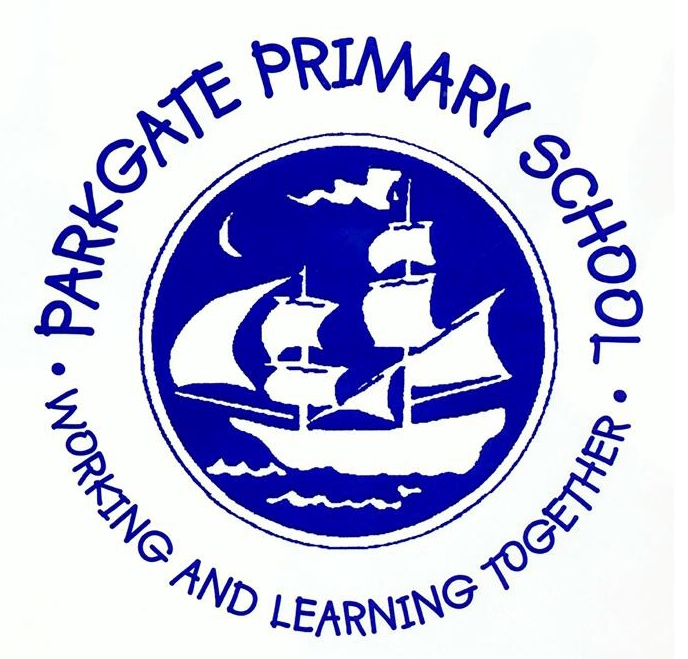Computing
Statement of Intent
At Parkgate Primary School our computing education equips pupils to use computational thinking and creativity to understand and change the world. Our computing curriculum is taught using challenges that cover all attainment targets for both Key Stage 1 and 2.
Computing ensures that pupils become digitally literate. We want children to be able to use, and express themselves and develop their ideas through, information and communication technology. As computing has deep links with mathematics, science and design and technology, children are regularly encouraged and supported in using computing skills in other areas across the curriculum, to enable them to be active participants in a digital world.
Children are taught about three main areas in computing:
Information Technology - the use of computers for functional purposes, such as collecting and presenting information or using search technology.
Digital Literacy - the safe and responsible use of technology, including recognising its advantages for collaboration and communication.
Computer Science - an understanding of how computer networks work as well as the opportunity to learn basic computer programming.
EYFS
By the end of EYFS, pupils will be taught to:
- Personal, Social and Emotional Development (PSED)
Show resilience and perseverance in the face of a challenge.
Know and talk about the different factors that support my overall health and wellbeing: -sensible
amounts of ‘screen time’.
- Physical Development
Can develop their small motor skills so that I can use a range of tools competently, safely and
confidently.
- Expressive Arts and Design
Can explore, use and refine a variety of artistic effects to express my ideas and feelings.
KS1
By the end of KS1 pupils will be taught to:
- Understand what algorithms are, and how they are implemented.
- Create and debug simple programs.
- Predict the behaviour of simple programs.
- Create, organise, store, manipulate and retrieve digital content.
- Recognise common uses of ICT beyond school.
- Use technology safely and respectfully, keeping personal information private, and to identify where to go for help and support when they have concerns online.
KS2
By the end of KS2 pupils will be taught to:
- Design, write and debug programs that accomplish specific goals, including controlling or simulating physical systems, and solving problems.
- Use sequence, selection, and repetition in programs.
- Work with variables and various forms of input and output.
- Explain how some simple algorithms work, and how they can detect and correct errors.
- Understand computer networks, how they can provide multiple services, and the opportunities they offer for communication and collaboration.
- Use search technologies, understand how results are selected and ranked, and be able to critically evaluate digital content.
- Select, use and combine a variety of software on a range of devices to design and create programs, systems and content that accomplish specific goals.
- Use technology safely, respectfully and responsibly, recognise acceptable behaviour and identify a range of ways to report online concerns.
